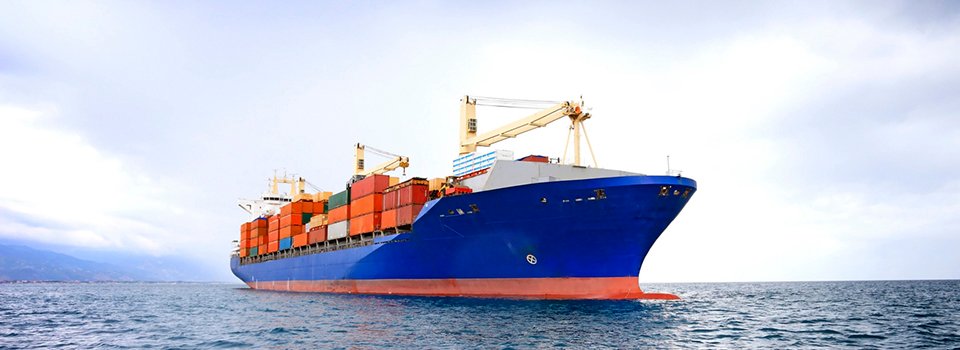When it comes to moving goods across the globe, Cargo by sea stands out as a cost-effective and reliable option. This method of transportation is essential for international trade, catering to the needs of businesses and individuals alike. In this blog, we’ll explore the benefits, processes, and considerations of shipping cargo by sea.
What is Cargo by Sea?
Cargo by sea refers to the transportation of goods via ocean vessels. This method is pivotal in global trade, accounting for a significant percentage of the world’s freight movement. Whether you’re shipping large quantities of raw materials, manufactured products, or personal belongings, maritime shipping offers a range of solutions to meet various needs.
Benefits of Cargo by Sea
- Cost-Effectiveness: One of the primary advantages of cargo by sea is its cost-efficiency. Sea freight is generally more affordable compared to air or land transportation, especially for large and heavy shipments.
- High Capacity: Ocean vessels can carry a substantial amount of cargo. This makes it an ideal choice for bulk shipments and large-scale logistics.
- Global Reach: Maritime transport connects almost every corner of the world. With numerous international shipping routes and ports, you can reach a wide range of destinations.
- Environmental Impact: Shipping by sea can be more environmentally friendly than air transport, as it produces fewer emissions per ton of cargo.
The Process of Shipping Cargo by Sea
- Preparation and Documentation: Before shipping, proper documentation is crucial. This includes a bill of lading, commercial invoice, and packing list. Ensuring all paperwork is in order will prevent delays and complications.
- Packing and Loading: Proper packing is essential to protect cargo during transit. Once packed, goods are loaded into containers or cargo holds of ships. Containers help in managing and securing the cargo effectively.
- Customs Clearance: Cargo by sea often involves crossing international borders, which requires customs clearance. This process involves submitting necessary documents and paying applicable duties and taxes.
- Transit and Tracking: Once loaded, the cargo embarks on its sea voyage. Many shipping companies offer tracking services, allowing you to monitor the progress of your shipment in real time.
- Delivery and Unloading: Upon arrival at the destination port, the cargo is unloaded and goes through customs clearance. The final step involves transportation to the end destination, whether that’s a warehouse, distribution center, or direct delivery.
Considerations for Shipping Cargo by Sea
- Transit Time: Sea freight generally takes longer compared to air transport. It’s important to plan and account for the extended transit time when scheduling shipments.
- Weather and Sea Conditions: Maritime shipping can be affected by weather conditions. While modern vessels are equipped to handle various sea states, unexpected weather can still cause delays.
- Port charges: Different ports have varying charges, including handling, docking, and customs fees. Understanding these costs can help in budgeting for the shipment.
- Insurance: Given the risks associated with shipping, including potential damage or loss, investing in cargo insurance is advisable to safeguard your goods.
Conclusion
Cargo by sea remains a cornerstone of global trade, offering a reliable and economical solution for transporting goods internationally. By understanding the process, benefits, and considerations, businesses and individuals can make informed decisions and effectively manage their maritime shipping needs.


